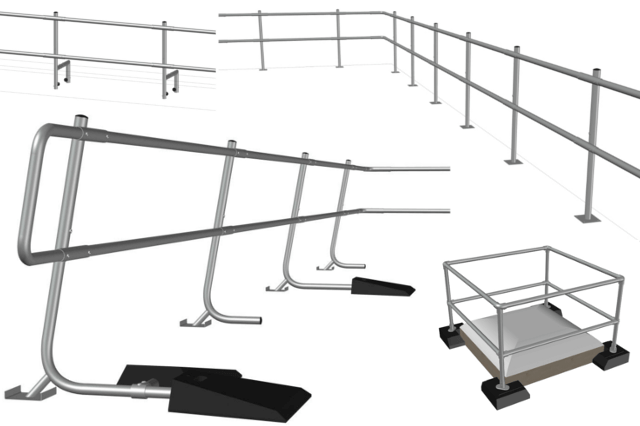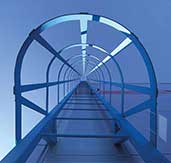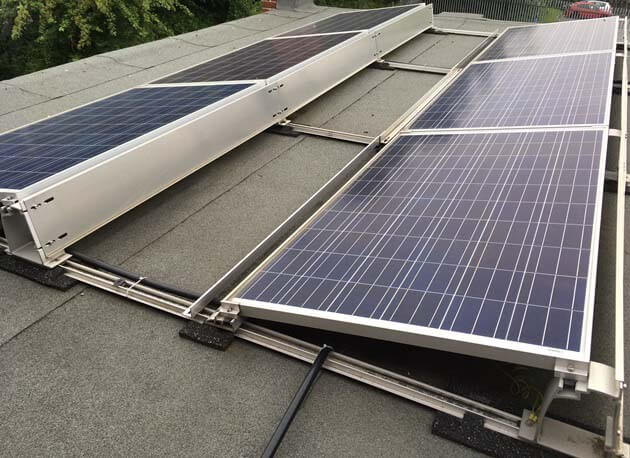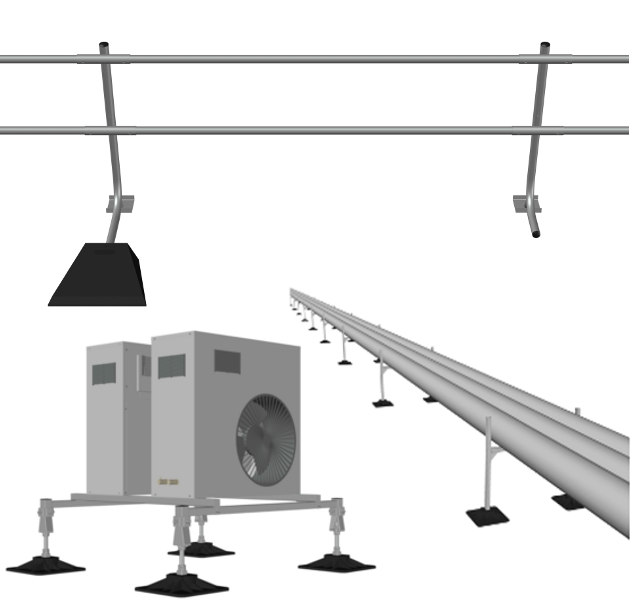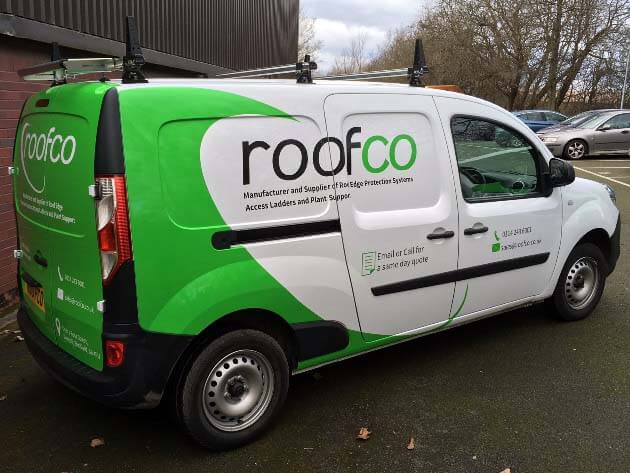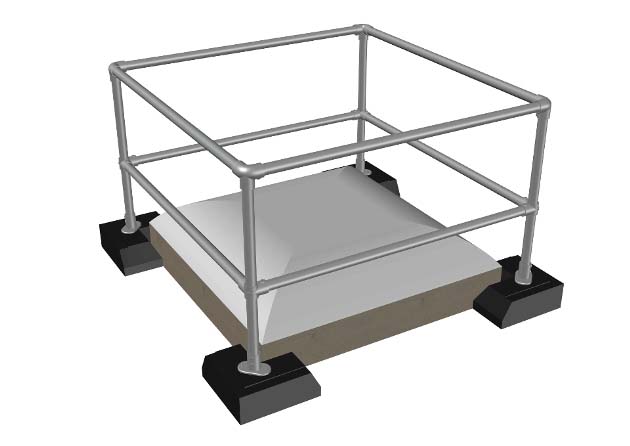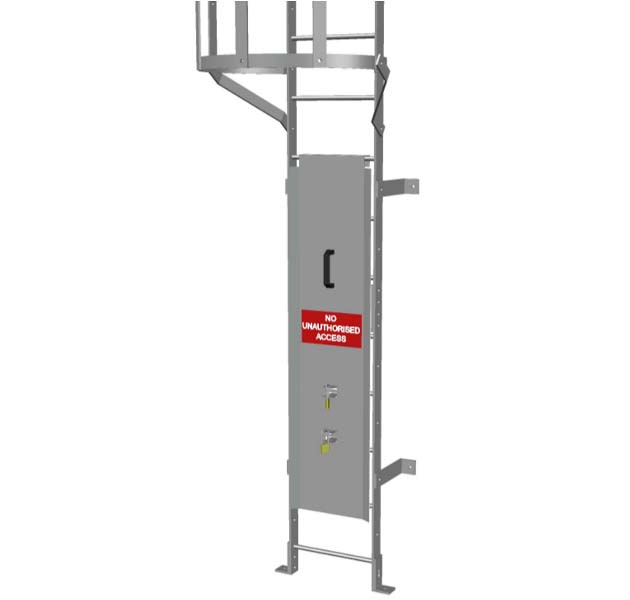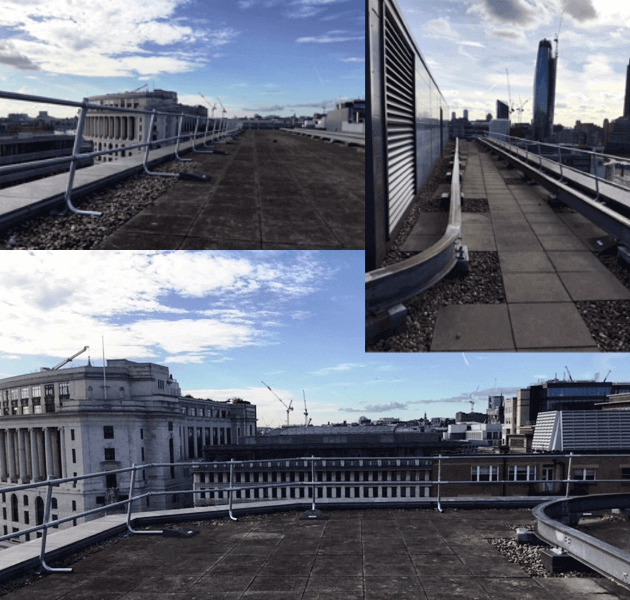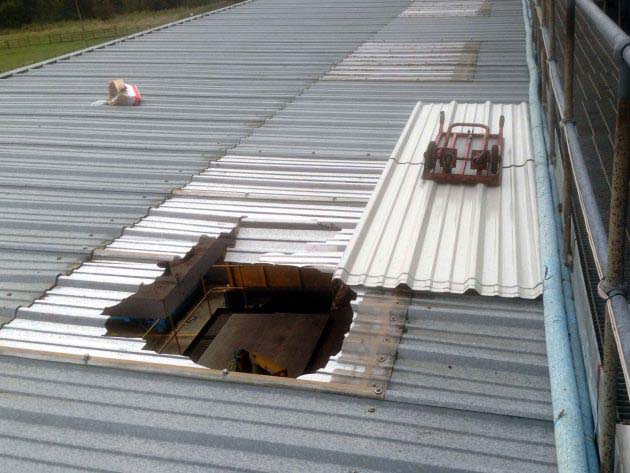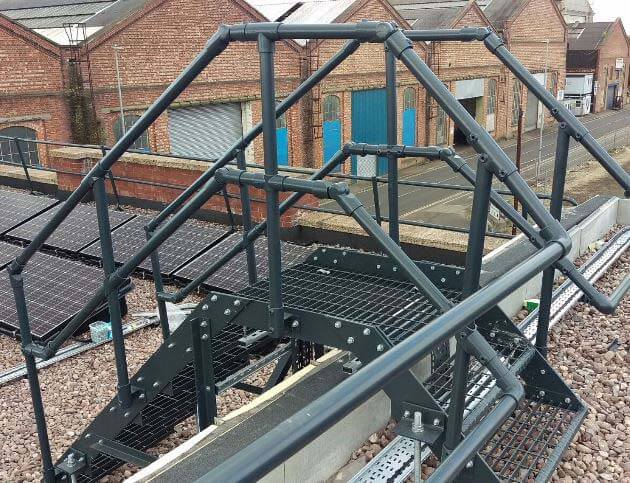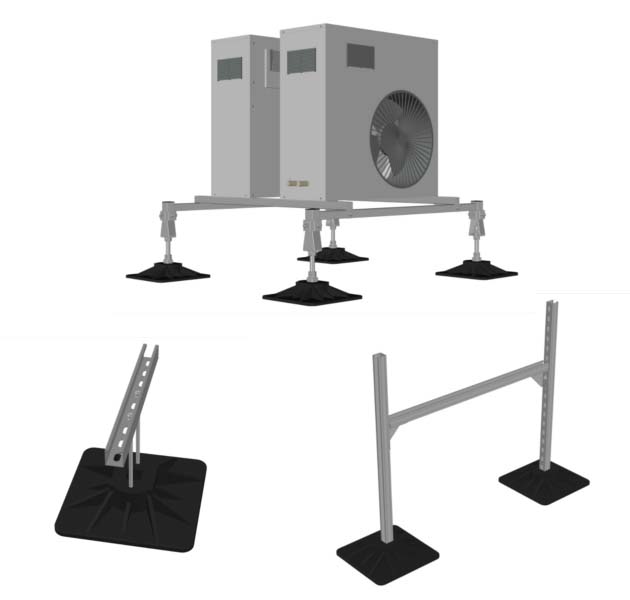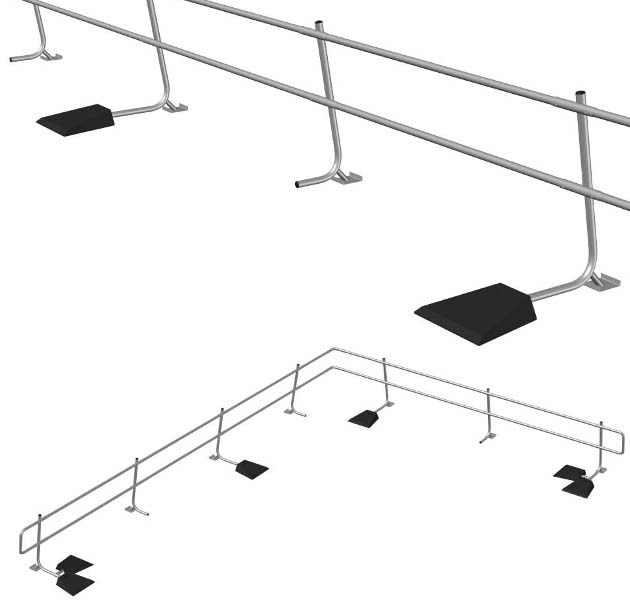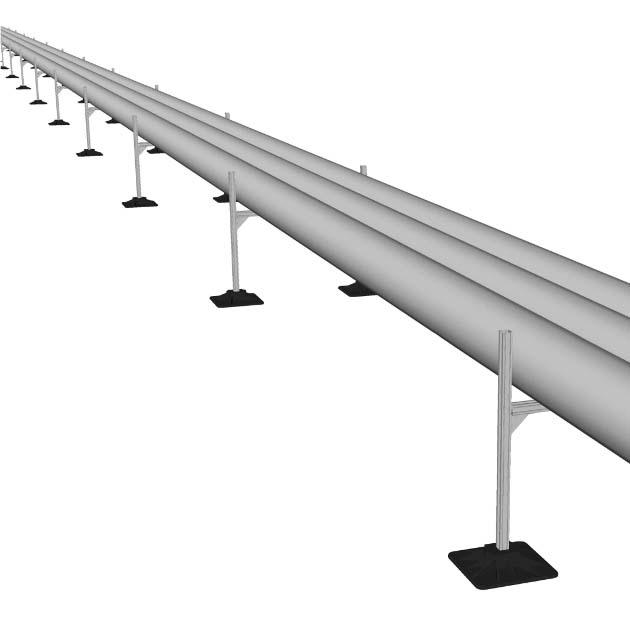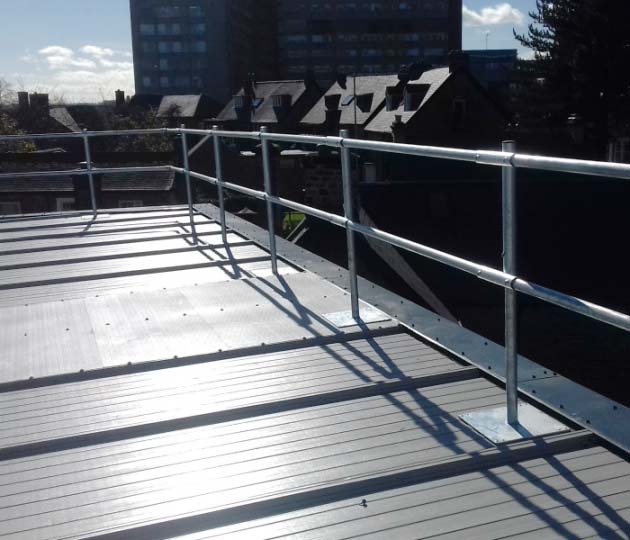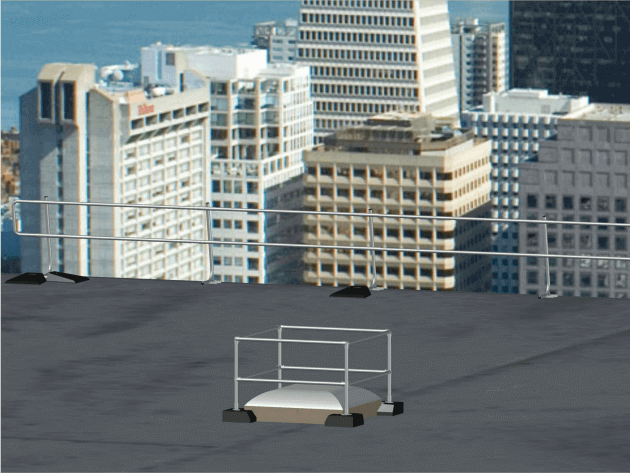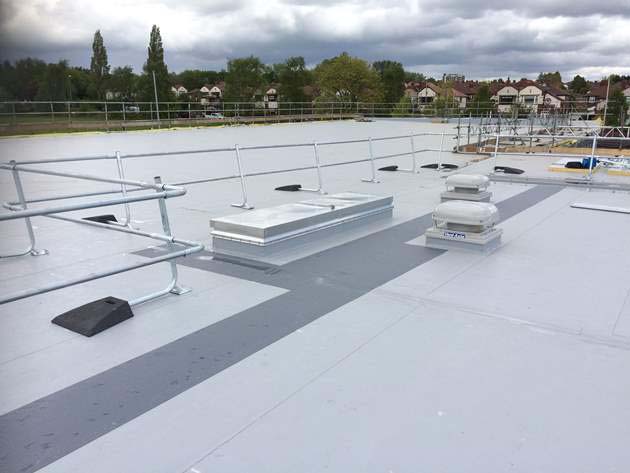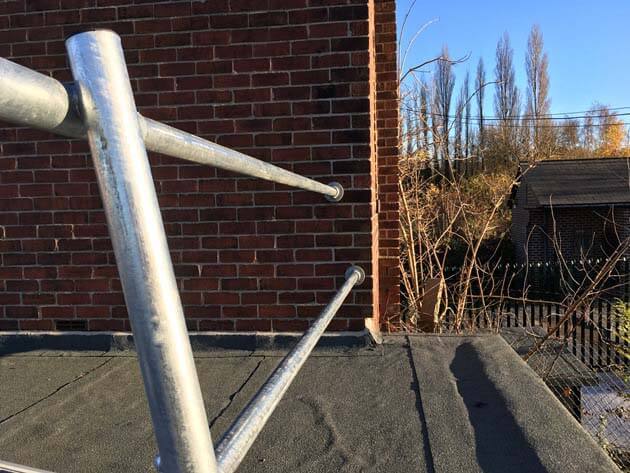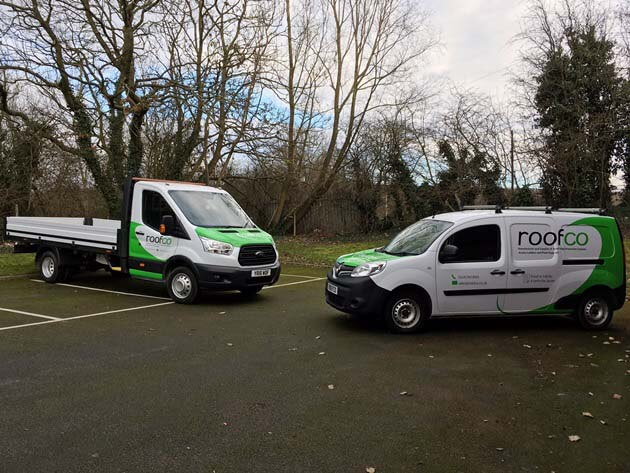You know that it’s your legal obligation to provide a safe working environment for anybody accessing your rooftop… but how do you do that on a budget? Here are four tips to help you maximise your roof safety without going over budget.
When you know that you’re liable for anybody working on your rooftop, you may feel that you need to throw away the budget in order to make your roof as safe as possible.
While you should spend as much as you can on making your rooftop safe, there’s little point if it means you then have to cut back on inspections, maintenance, and contractor fees. Think of the overall, long-term spend you need to ensure your rooftop remains safe!
- Only Buy What You Need
Many roof safety companies will sell certain lengths of rail, or insist you need to spend more in order to get increased safety. That’s just a con to get you to spend more money.
You only need to buy the amount of safety rail you need: measure the area for protection and order to the nearest metre. No more!
Investing in a modular roof safety system helps you to retain control over your spending: you can work out exactly how much of each element you require. Whether you need a freestanding safety rail, a fixed parapet guard rail, or a combination, there are ways you can make sure you’re only buying what you need, without any wastage.
If you’re not sure, give us a call for a free no-obligation chat to find out how to minimise your roof safety spend.
- Limit Access Areas On Your Rooftop
One way of reducing the requirements for additional roof safety elements is to restrict where workers can go. Limit access by using freestanding safety rails across the roof (as well as on the perimeter), and use spring-loaded gates to demonstrate where they can (and can’t) access.
An area that is fully closed off by a rail without a gate is clearly a no-go area!
You could also consider where access is required and eliminate any unnecessary access points. For example, you may have several access ladders to your rooftop, but one may be furthest away from the area most frequently accessed, such as near air conditioning units. If it’s safe to do so, removing this access point reduces your cost as you won’t need to install a compliant safety ladder in this area.
- Protect Fragile Areas For Low-Cost Safety
If your entire rooftop requires access and cannot be closed off in certain areas to reduce potential safety risks, consider using small safety elements in place of a full freestanding safety rail across areas on the roof.
For example, a fragile skylight can easily be surrounded with a rooflight protection system. This protects the fragile area, reduces the hazard risks, and enables roof contractors to continue to move freely around the rooftop. You don’t need to invest in a full safety rail across a large area, instead protect the elements you need to keep safe!
- Ask A Roof Safety Expert
If you’re still unsure how you can keep to your obligations to provide a safe rooftop working environment on the budget you have, get in touch. We’re here to help you work out what is best for your budget – without compromising on roof safety.

